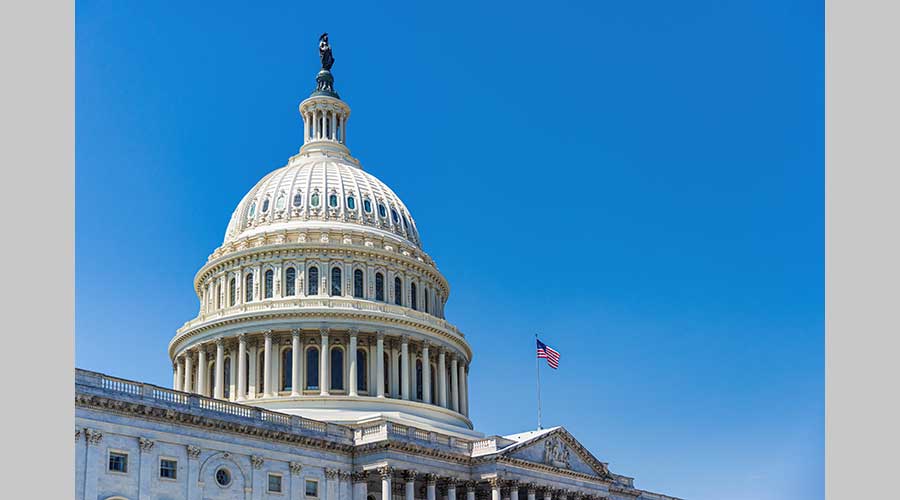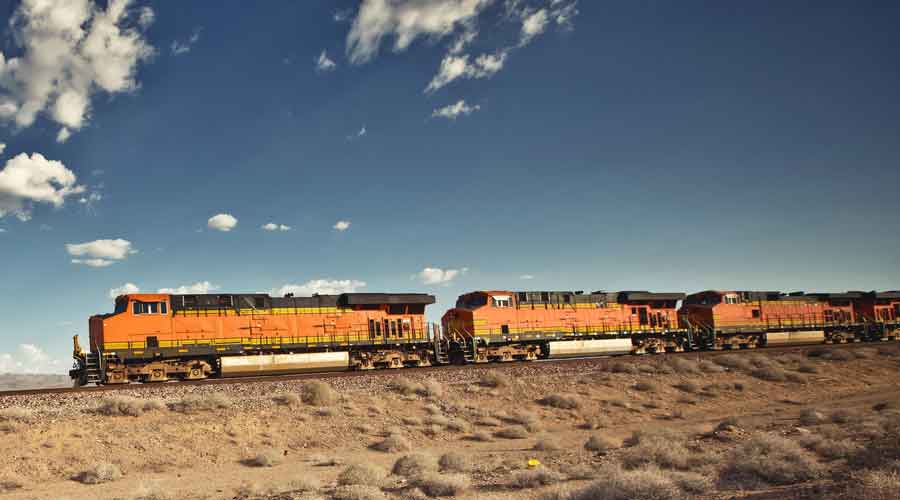Stay updated on news, articles and information for the rail industry
7/26/2016
Rail News: Safety
Canada to speed up phaseout of DOT-111s for crude oil use
Canada's Transport Minister Marc Garneau yesterday announced an earlier deadline of Nov. 1 for the railroad industry to phase out use of legacy DOT-111 tank cars for crude oil service.
The new timeframe calls for phasing out unjacketed legacy DOT-111 tank cars six months early and legacy jacketed DOT-111 cars 16 months earlier than called for under Protective Direction 38, according to a Transport Canada press release.
The previous deadlines were May 1, 2017, for non-jacketed cars and March 1, 2018, for jacketed cars. DOT-111 cars must be removed entirely for all flammable liquids by April 30, 2025.
Legacy tank cars are those built prior to the CPC-1232 standard.
"Accelerating the phase out of legacy DOT-111 tank cars in crude oil services is another crucial step in improving the safety of communities along our railway lines," said Garneau. "By removing the least crash resistant tank cars in service, we continue to modernize how dangerous goods are shipped in Canada and further protect Canadians and their families who live near Canada's rail network."
The Railway Association of Canada (RAC) officials released a statement saying it "strongly supports" the accelerated timeframe for the phaseout.
"Removing this tank car model from service sooner is an effective step towards ensuring the safe transportation of dangerous goods in Canada," said RAC President and Chief Executive Officer Michael Bourque. "We welcomed harmonized Canada-U.S. tank car standards introduced last year, and we're equally pleased with [this] announcement."
Canada's railways advocated for stronger tank-car standards that included increased shell thickness, jacket protection and full-height shields to protect the car form puncturing, according to RAC.
The requirements are reflected in Transport Canada's new TC-117 tank-car standard, which was introduced in May 2015.
Rail customers and leasing companies own the vast majority of tank cars, and are responsible for updating and retrofitting their fleets, RAC officials said.
Meanwhile, the Transportation Safety Board of Canada (TSB) endorsed Garneau's announcement as a positive step to improve tank-car safety.
"We look forward to continued strong action from both the regulator and industry to reduce the risks associated with the transportation of crude oil and other flammable liquids by rail," said TSB Chair Kathy Fox in a prepared statement.


 LRW Honors Amtrak’s Acheson As Railway Woman Of The Year
LRW Honors Amtrak’s Acheson As Railway Woman Of The Year
 From Editor-In-Chief Foran: Of Gender Equity And Inclusion
From Editor-In-Chief Foran: Of Gender Equity And Inclusion
 Spotlight On Some Of Today’s Rail Safety Products
Spotlight On Some Of Today’s Rail Safety Products
 Women of Influence in Rail eBook
Women of Influence in Rail eBook
 railPrime
railPrime







